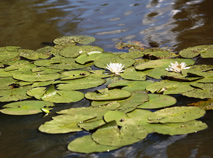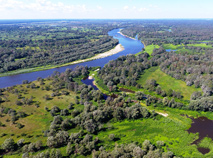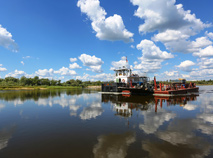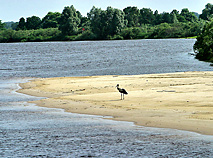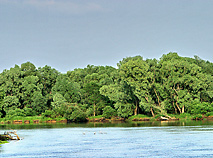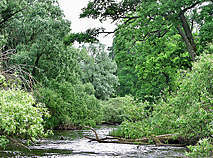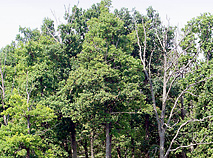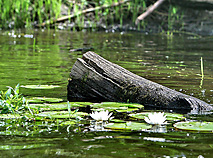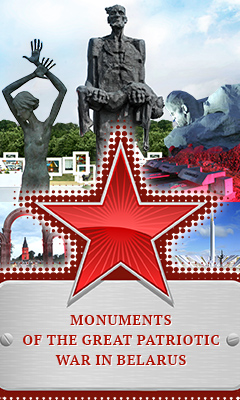National Park Pripyatsky
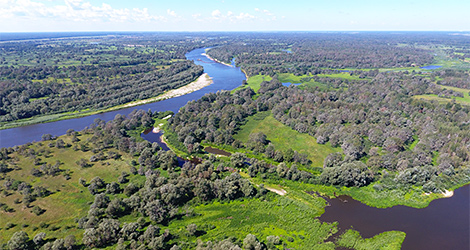
The pristine nature in the valley of the Pripyat River, unique swamps and inundated oak woods, rich natural resources represent the fascinating land called Polesie, which is unparalleled in Europe and the rest of the world.
Pripyatsky, one of the four national parks of Belarus, is located between the rivers Pripyat, Stviga and Ubort. Special protection has been granted to about 190,000 hectares with more than a third represented as a wildlife reserve.
Pripyat Polesie
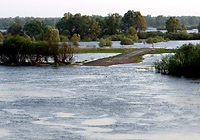
The unique geographical and historical cultural region in Belarus’ south is located in the valley of the middle reach of the Pripyat River.
The huge area of the Belarusian Amazon land is home to the pristine natural systems with a wide variety of flora and fauna — vast swamps, wide inundated lands, oak woods, and broad-leaved forests.
The Pripyat Polesie area is truly the lungs of Europe since it is home to the continent’s largest complex of forests and swamps are the best at generating oxygen.
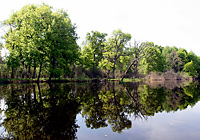
The structure and the flora content of the inundated oak woods of the Pripyat Polesie area are unique for the entire Eastern European plane.
At present in the Pripyat Polesie area there is an entire system of protected territories where any kind of activity that may harm the environment is prohibited. The system includes:
-
The national park Pripyatsky
-
25 wildlife preserves of national and local importance
-
24 natural landmarks
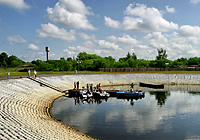
Polesie is a treasury of mineral and raw materials. The considerable amount of dried lands and the intensive development of agriculture are another peculiarity of modern Pripyat Polesie.
The government program for the social and economic development and complex use of natural resources of Pripyat Polesie in 2010-2015 was implemented in this unique region of Belarus.
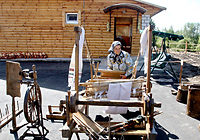
In addition to the pristine nature the Pripyat Polesie area has preserved rich folk traditions and unique ethnocultural identity.
The authentic songs and dances, peculiar Polesie dialects, the way of life and ancient crafts are the legacy of the local residents that has become a tourist attraction.
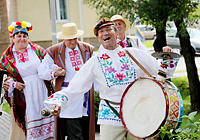
You can see how Polesie people lived in the past in farm tourism estates. Many of them have been opened in ancient homes in hard-to-reach areas of the Polesie land, entire villages are available.
Since 2010 the National Park Pripyatsky has been home to the festival of ethnocultural traditions Polesie’s Call. For several days choirs and vocalists perform Polesie songs while craftsmen represent ancient crafts. The festival also offers a venue for traditional competitions of fishermen and boat racing, merry entertainment, fairs and exhibitions.
History of the National Park Pripyatsky
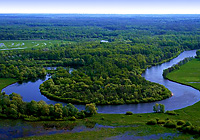
The idea to create a swamp preserve in Polesie was mentioned by scientists in the 1920-1930s. Polish academician Vladislav Shafer suggested Europe’s largest perfectly preserved Olmansky swamps for this purpose.
Thanks to researches of Polesie’s unique nature over several decades the scientific base for creating the preserve evolved.

In June 1969 the Pripyat state landscape and hydrological preserve was created. In 1996 it was converted into the National Park Pripyatsky.
In 1995 the preserve set up an experimental hunting enterprise Lyaskovichi. In 1998 Belarus’ first Nature Museum was opened (in a new building since 2012).
Pripyatsky today
At present the National Park Pripyatsky is one of the most popular tourist attractions in Belarus.

Wild nature fans go there for captivating photo safaris because you can see a truly impressive number of animals in their natural habitat there.
The national park is home to 51 species of mammals: wild boar, deer, elk, doe, hare, fox, muskrat, raccoon dog, beaver… Including rare species: European bisons, European mink, European lynx, badger, garden dormouse, common dormouse, hazel dormouse.
The National Park Pripyatsky has the international status of the key ornithological territory. It is home to 256 species of birds (79% of all the birds in Belarus), including 65 species in the Red Book of Belarus.
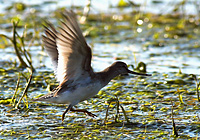
The bottomland of the Pripyat River is Europe’s largest migration streambed of migratory birds.
In rivers and bayou lakes of the park there are 38 species of fish - pike perch, green pike, eelpout, asp, carp bream…
Picturesque forests occupy about 95% of the park. Those are mainly pine trees and oaks, forests of birch trees, alder trees, ash trees, horn beeches, quaking asps. One may encounter maple forests, lime woods, arborescent willows.
Flora is represented by 929 species of plant, including 45 ones in the Red Book of Belarus.
For tourists the park offers:
-
photo safaris (trips to watch animals in the wild)
-
sightseeing tours along ecological paths (European bisons, the Amazon land of Polesie)
-
motor ship and boat tours
-
ecological conferences, discussions, and meetings with researchers
-
fishing and hunting
Nature museum
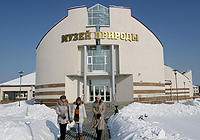
The National Park Pripyatsky has a magnificent Nature Museum, which vividly demonstrates landscapes of Belarusian Polesie with its denizens in different times of the year. The museum has amassed rich collections of large hoofed animals, insects, reptiles and amphibians, a herbarium of rare Belarusian plants.
The Nature Museum comprises several halls. The entrance exhibition is dedicated to the uniqueness of natural complexes of the Polesie land, the history of the park, peculiarities of its territory.
The landscape and biological diversity hall presents:
-
composite pictures Inundated Oak Wood, Pine Tree Forest, Pripyat River Bottomland, a fresco High Moor
-
demonstrable and digital information about the diversity of the flora and fauna
-
a herbarium of Red Book plants
-
collections of birds and insects
The exposition hall boasts:
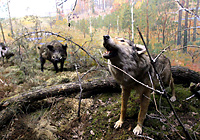
-
a panoramic exposition of the entire park
-
composite pictures Bisons, Predators, Underwater World, Spring in Pripyat Bottomland
-
expositions Storks, Colony of Herons, In the Forest, Archaic Beekeeping (about ancient beekeeping crafts of Polesie residents)
The Nature Museum also has a hall dedicated to the ethnography of the Polesie land and a stylized hut of a Polesie resident dedicated to the cultural and historical uniqueness of this region.
How to get there and where to stay
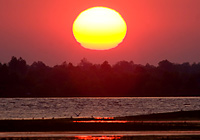
The National Park Pripyatsky is located in the territory of Zhitkovichi District, Lelchitsy District, and Petrikov District, Gomel Oblast.
The administrative center is the agro-town Lyaskovichi, Petrikov District. The distance from Minsk is 260km, 270km from Gomel, and 350km from Brest.
The most convenient way to get there is by car after checking your route on the map. A regular bus from Minsk can take you to Turov or Zhitkovichi and then you can get a taxi to Lyaskovichi.
Passenger trains from Brest and Gomel to Zhitkovichi are available every day. Joining an organized tourist group is one of the most acceptable options.
In the National Park there are several places you can stay at:
-
the hotel Nad Pripyatyu (agro-town Lyaskovichi)
-
tourist complex Doroshevichi
-
tourist complex Khlupinskaya Buda
-
tourist object Starushki
-
the guest house for fishermen and hunters Cheretyanka
-
the cottage Sosny
-
the inn in Turov
Places of interest near the National Park
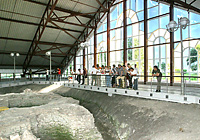
In and near the National Park Pripyatsky there are towns and villages with a rich historical past and a cultural legacy.
For instance, the ancient Turov is a historical and cultural center of the Medieval Age, second to Polotsk. It has preserved unique monuments, including the foundation of the 12th century Turov church.
The landmark in Zhitkovichi is a wooden Saint Trinity church in the Neo-Russian style (1842).
In Lelchitsy District the places of interest include the wooden Protection of the Holy Virgin Church (17-18th century), Ascension Cathedral (19th century), and Saint Nikolai’s church. You can see mounds of the early feudalism period in the villages Osov, Miloshevichi, and Dubnitskoye.
The Tsar Oak in the village of Danilevichi is a natural landmark of national importance. It is 32m high, 1.6m thick, with the circumference of 4.5m.
The Polesie state radiation and ecology reserve is located to the southeast of the National Park.








 print version
print version make home page
make home page add to bookmarks
add to bookmarks